2019 Hyundai Great India Drive: Driving a Venue from Delhi to Chanshal Pass
With winter upon us, we head to the Himalayas for the second leg of the Great India Drive in the search for snow. Himalayas; winter; snow – sounds straightforward, doesn’t it? Well, not quite!
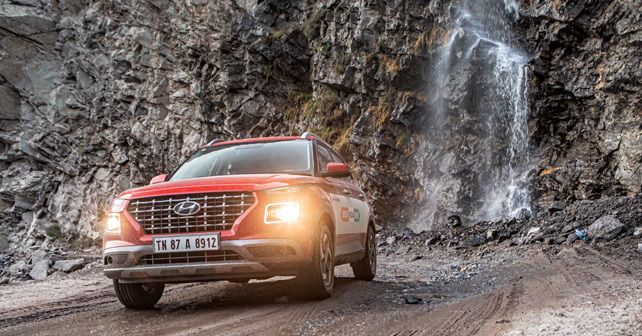
*This is a sponsored feature
With winter upon us, we head to the Himalayas for the second leg of the Great India Drive in the search for snow. Himalayas; winter; snow – sounds straightforward, doesn’t it? Well, not quite!
Hoping to fulfil this prophecy, I decided to head to the Himalayas for the second leg of our Great India Drive. In the first leg, you might remember that we drove from Gujarat through Madhya Pradesh and Rajasthan, where we discovered many surprises and enjoyed some great sights – and food (what’s a road trip without culinary delights?).
Off the beaten path
In the second leg, we were expecting to find even more beautiful surroundings, and, of course, more challenges too. For instance, we were aware that, for the most part, road conditions were pretty bad, which indeed was a big challenge.
Our first stop was Chandigarh. The idea was to start early towards the Karsog valley, and from there to Rampur Bushahr. Instead of taking the usual Shimla-Narkanda route, we decided to go off the beaten path and went through Chindi instead.
Now, with winter almost here, this decision turned out to be a double-edged sword. Because of the lack of traffic and commercialisation, these roads offered some gorgeous views, but, at the same time, the road conditions changed frequently – from fantastic to non-existent – every few kilometres. This meant capturing some beautiful shots, but only at the expense of an excruciatingly slow pace.
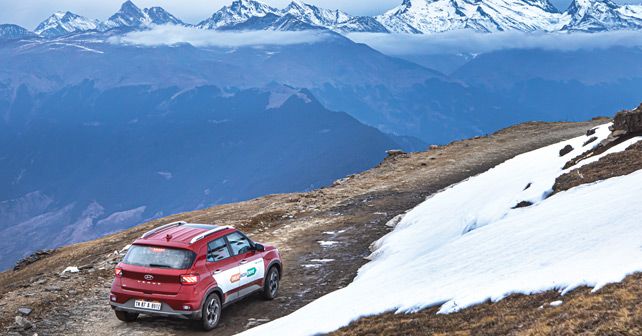
Nevertheless, we continued our journey towards Rampur. And little did we know that there was something rather nice waiting for us – the final 40 kilometres before Rampur was an absolute dream! Wide, well surfaced, and fast, which meant that I could really push the Venue and revel in its excellent handling. There is, it seems, light at the end of the tunnel after all…
Now, Rampur is a town with some historical significance of its own, mainly due to the strategic position of its location. It shares its borders with Spiti, Tibet, and Garhwal, which made it a very important trading town – a status that it enjoyed for many hundreds of years.
Throwing caution to the wind! Well, not really
The next day, our hunt for snow began in earnest. Our destination was Chitkul – the last Indian village next to the Tibetan border. It was a beautiful setting, driving along the Sutlej river – a long stream of clear green water that really looked stunning under the sun. But the road here can be quite treacherous, so caution was the order of the day.
On the way to Chitkul, then, we were averaging around 20km/h. In the end though, Chitkul was a bit of a disappointment. You see, during this time of the year, you hardly find any tourists here, which meant that most locals had already closed their establishments for the season and moved to lower altitudes for the winter.

And since, like us, Chitkul was also waiting for snowfall, the village looked kind of barren. Of course, owing to its proximity to the border, you can’t go much further, as there’s an ITBP camp after the village – access to which, of course, is prohibited.
With our quest being unsuccessful, we decided to head back to Raksham and towards the town of Pooh. Situated at over 8,700 feet, Pooh is a lovely little town that offers a stunning view of the mountains around it, as well as some fantastic opportunities to stargaze at night.
However, with the temperature falling below 0 at night, the star gazing was limited. An interesting bit about the road from Rampur to Pooh – after Raksham, a large section of the road is peppered with signs by the Border Roads Organisation mentioning that this is the ‘Most Treacherous Road in the World!’
Now, while the road isn’t quite that dangerous, I think the secret lies in the fact that these signs make the motorist more careful and respectful of the conditions. After all, the high altitude and the shooting stones – and I mean huge boulders – can really be very dangerous. So, I guess its BRO’s way of asking you to be a better guy.
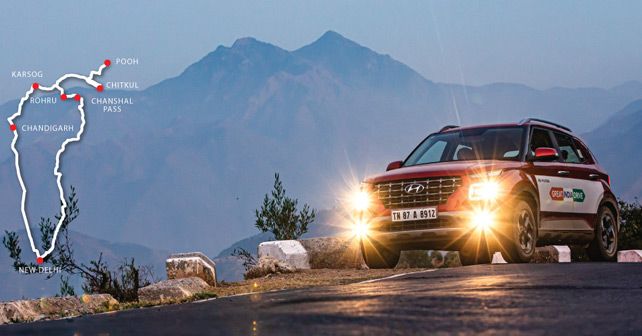
With both Chitkul and Pooh not serving our purpose, the next day we backtracked to a Pass that I’d visited before. Located next to Rohru, the Chanshal Pass is a bit of a mystery for most people. We started from Pooh quite early in the morning, and by the time we reached Rohru, we had already spent 8 hours on the road.
Taking on Google, and losing
Rohru is a typical small town, narrow, crowded, full of people, and with broken roads. But we didn’t have any time to spare.
Now, a quick confession. It was here that I discovered that you can’t defeat the predictions of Google Maps. Let me explain. You see, every time I search for a destination for a road trip on Google Maps, my sole aim is to beat the time estimated by Google – a quirk that many of us, I think, can relate to. Now, according to Google, it would take 2 hours to traverse the 28 kilometres to Chanshal, and I was determined to prove it wrong.
Alas, despite pushing the Venue to its limits, Google finally got the better of me as we climbed to Chanshal. But, don’t look at me – I lay the blame squarely on the road conditions, or the lack of a road whatsoever.
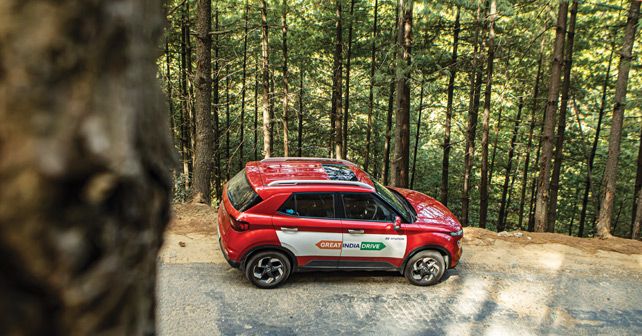
The view from Chanshal, though, made me forget my defeat very quickly. Against the stark white backdrop of the snow on top of the pass, the sky looked amazing – lit with a fiery sunset that contracted nicely with the Lava Orange paintwork of the Venue. And, finally, at 12,800 feet, not only had we finally found snow but also the temperatures to go along with it – minus 4 degrees to be exact.
After completing our mission, discovering some remote regions of Himachal, facing off against non-existent roads and inclement weather, it was finally time for us to get the Venue back to home base.
A final word about our steed – from the plains of Gujarat to the peaks of the Himalayas, it performed flawlessly throughout both legs of this journey. Its driving appeal remained intact no matter what the conditions, and it proved to be a perfect partner for the Great India Drive.
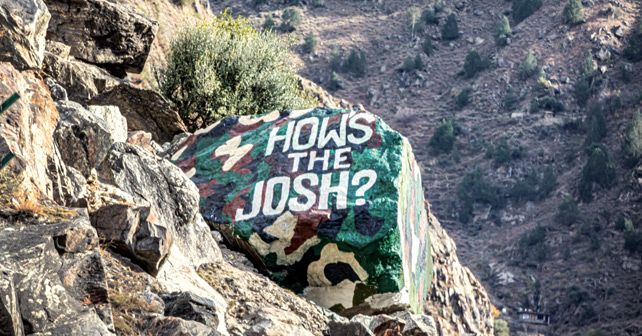
A large part for the sustainability of this region depends on the Armed Forces and the Border Roads Organisation. Without them, Spiti and many other regions like it, would find it difficult to maintain basic necessities of life.
Also read - 2019 Hyundai Great India Drive: Driving the Venue through the heart of India
Hyundai Great India Drive: Driving a Tucson from McLeodganj to Nako
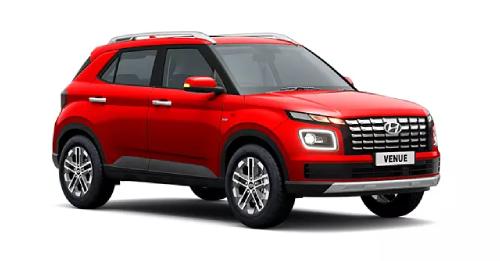
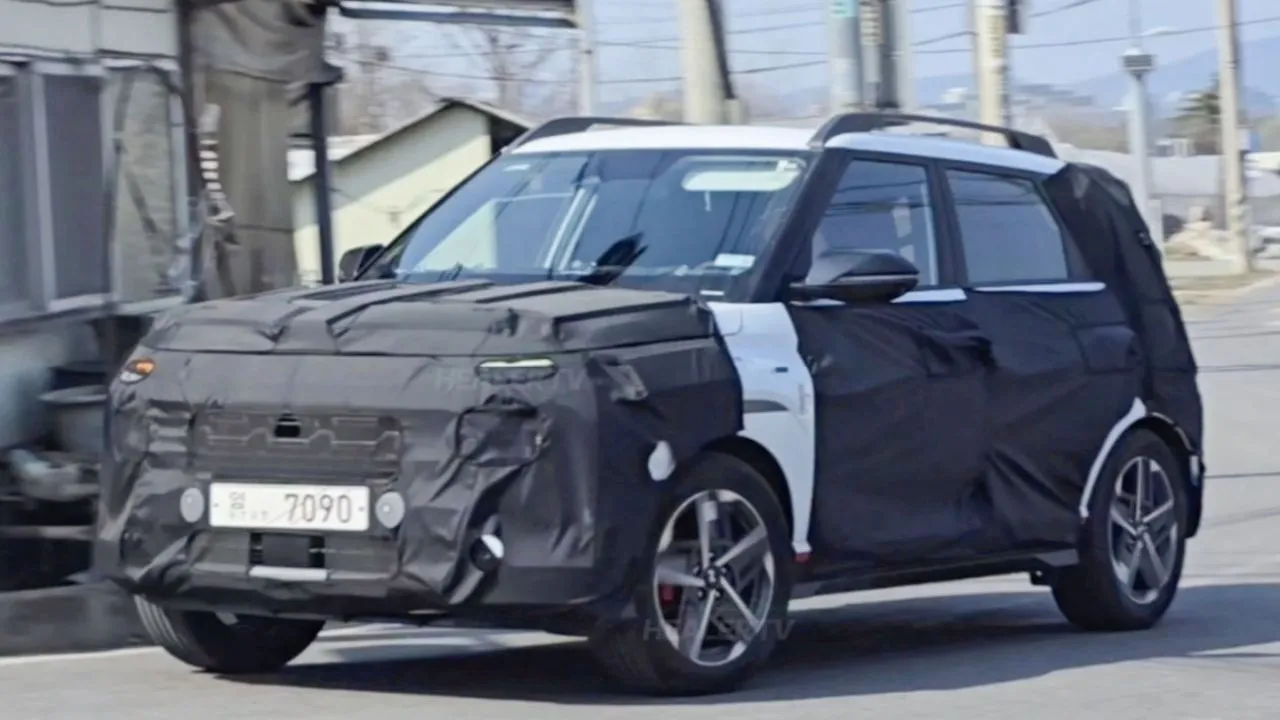
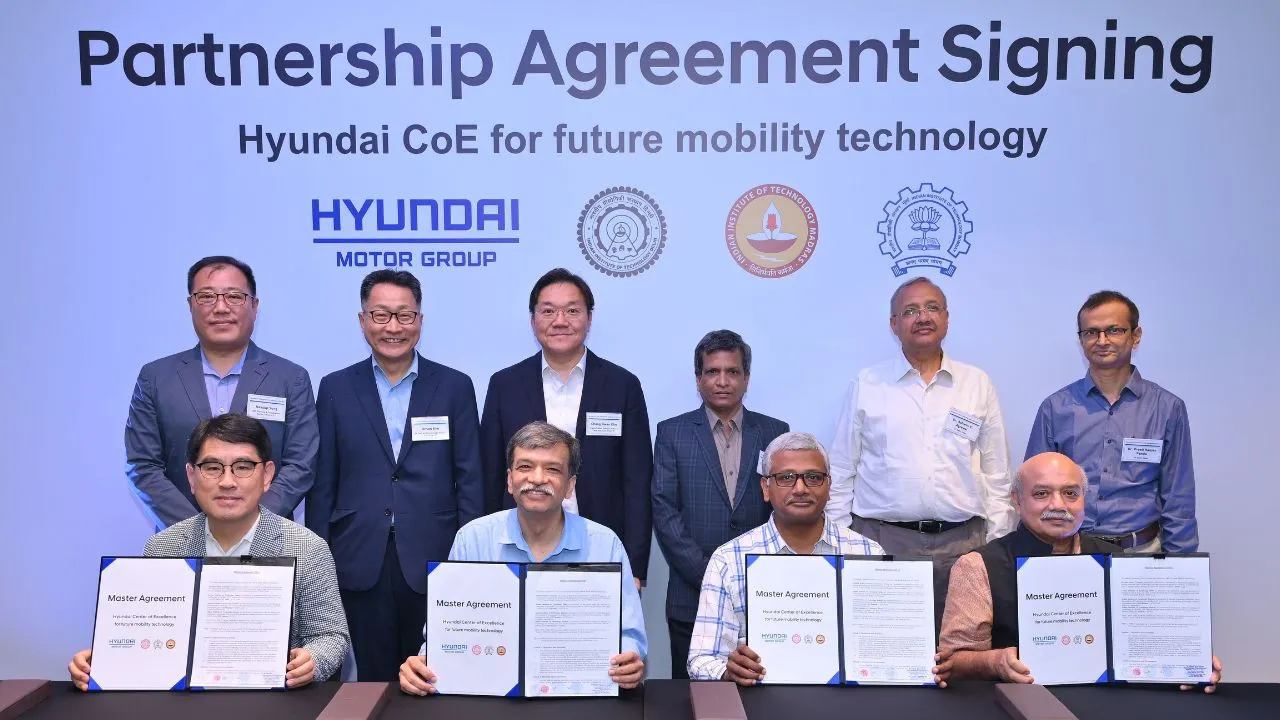
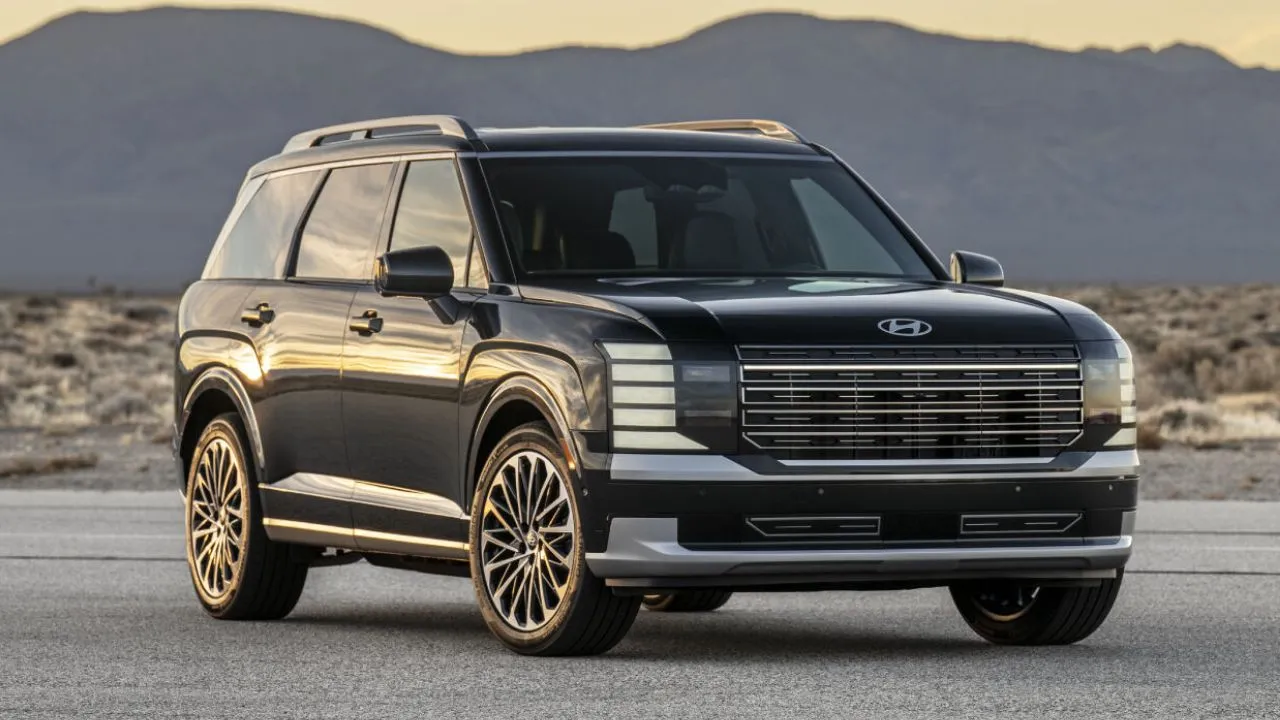








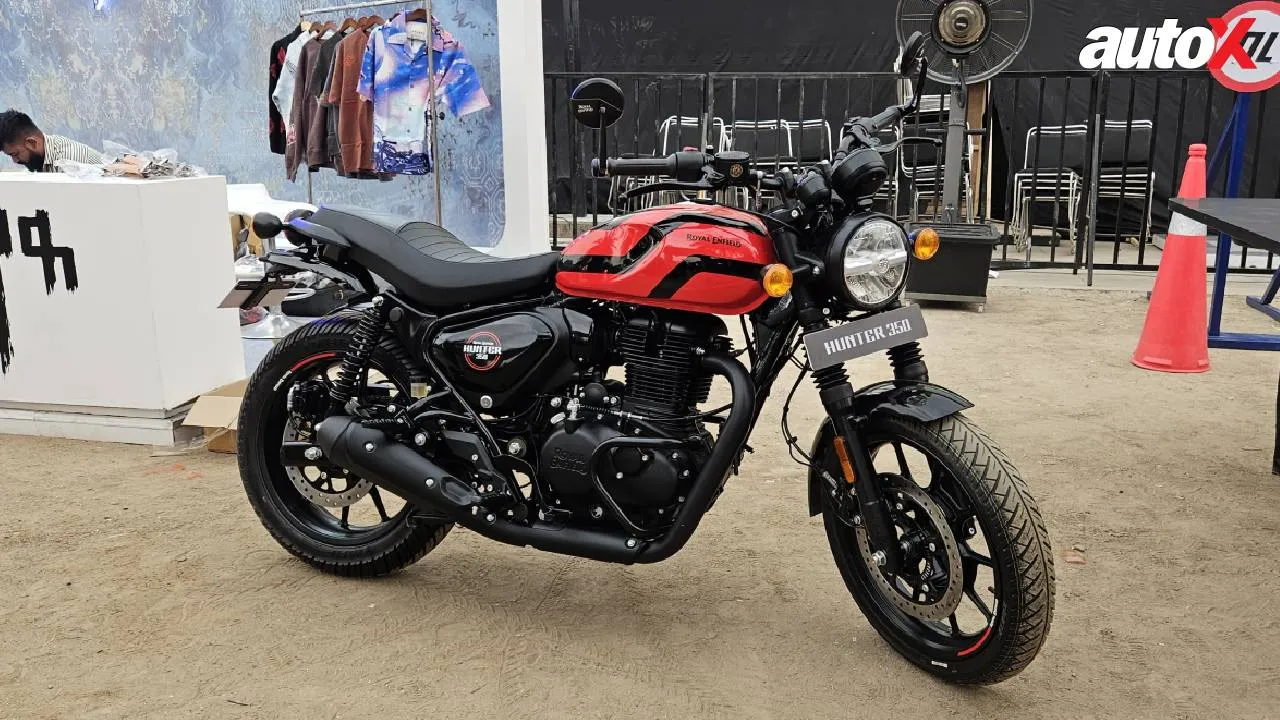
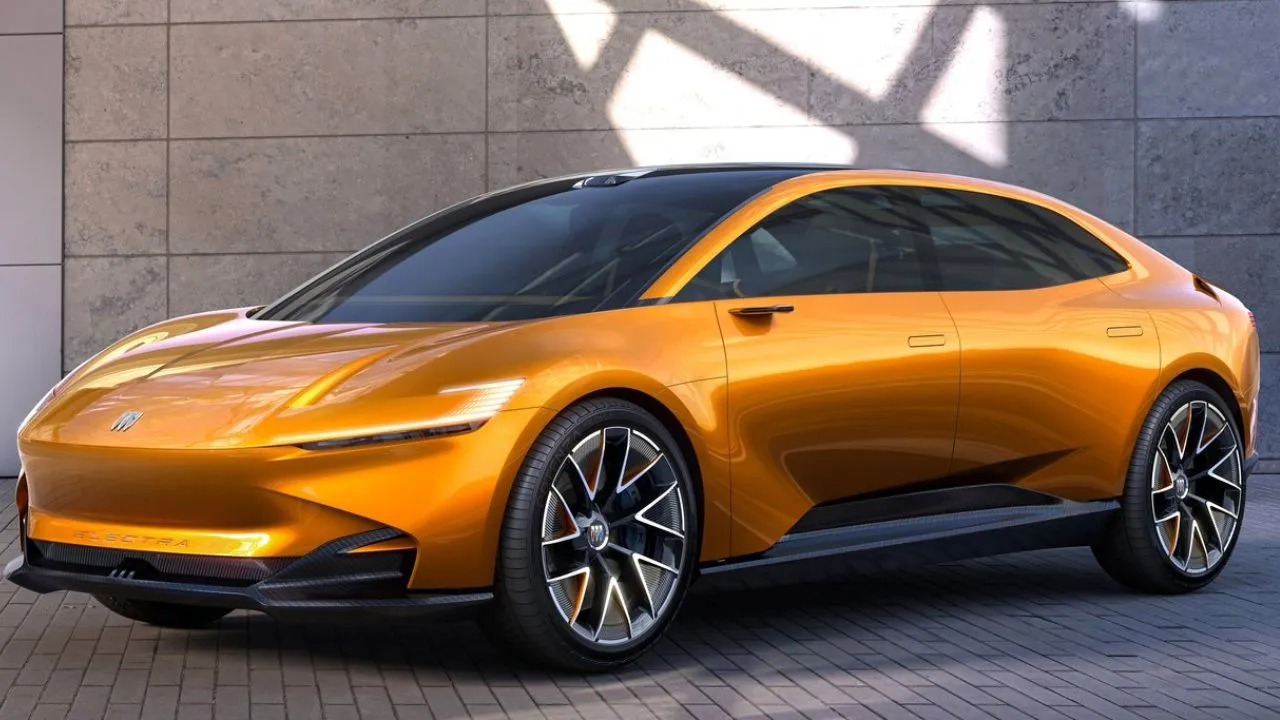
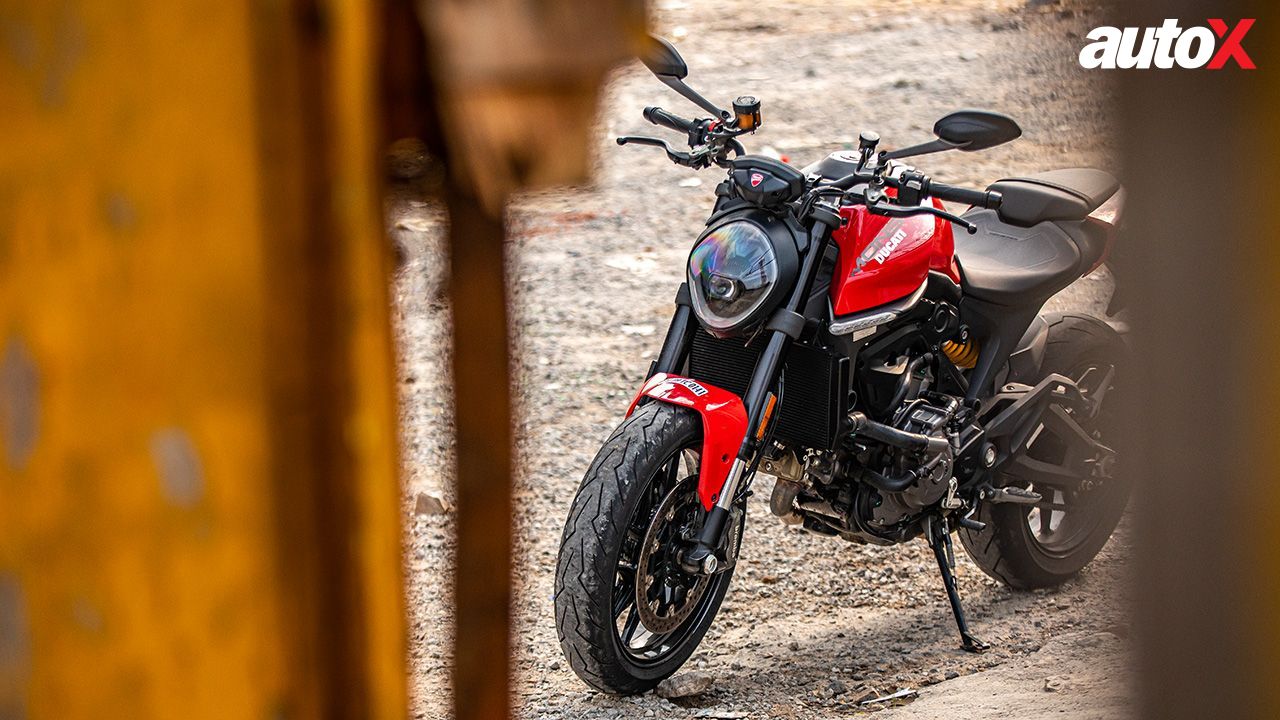
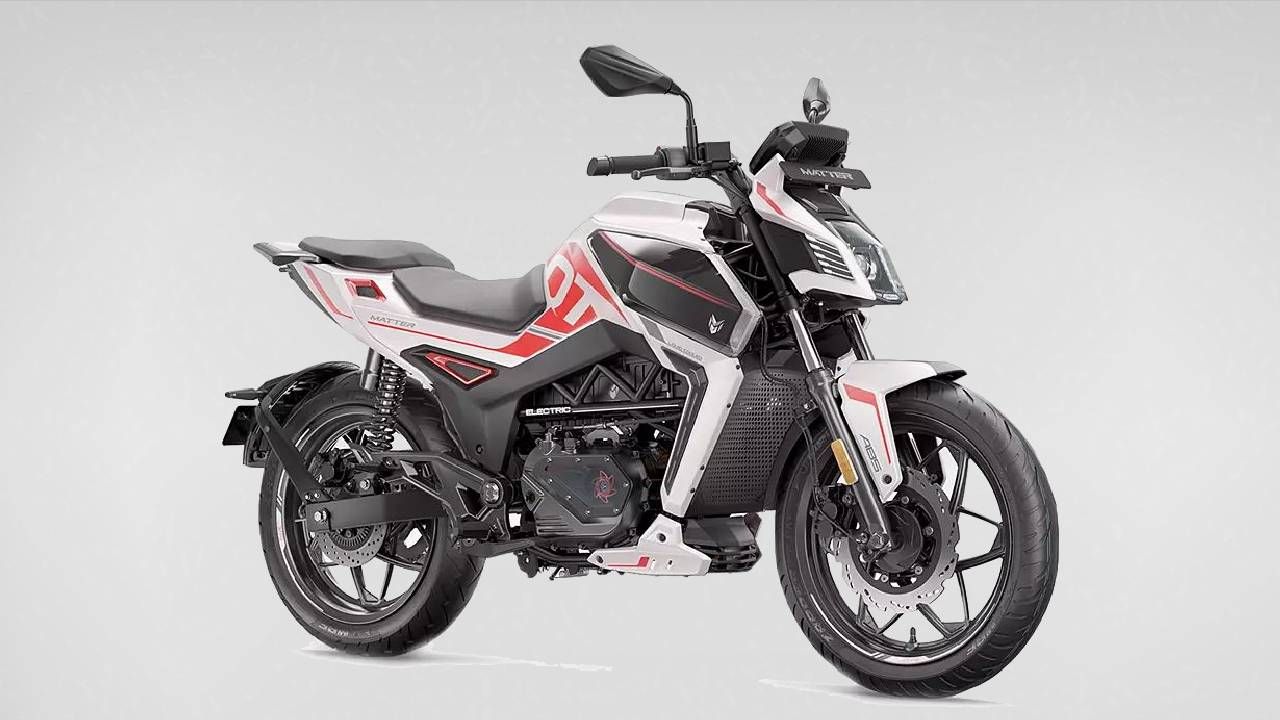
Write your Comment on